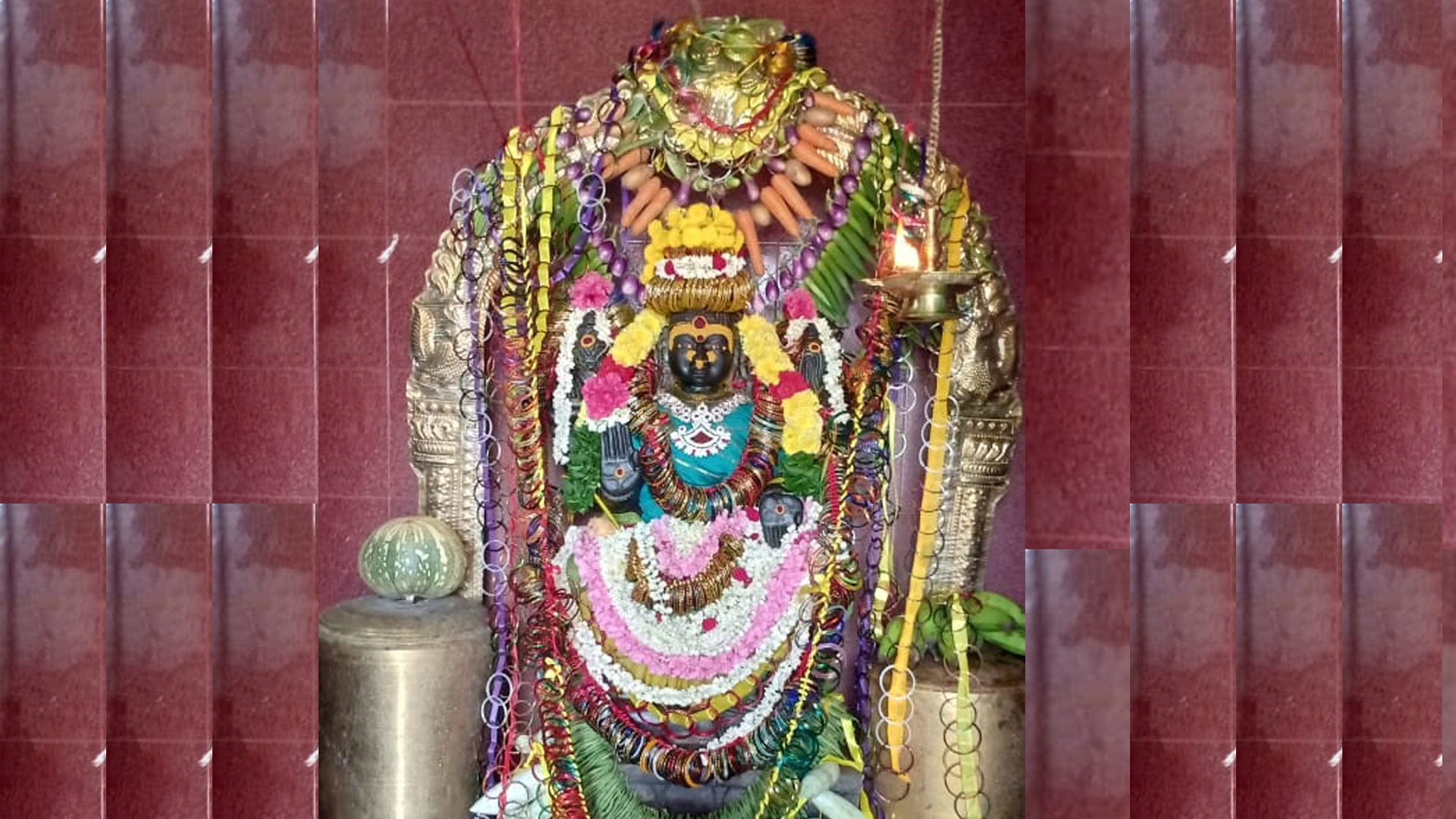
Its average elevation is around 5 meters. Picture by: Kandeepa Ilankovan, Rotaract Shutterbug Traineeīatticaloa is in the eastern coast of Sri Lanka on a flat coastal plain boarded by the Indian Ocean in the east occupies the central part of the eastern Sri Lanka. However, the fundamental question is – with all these developments will the beauty surrounding these rural roads remain the same? This picture taken of a road leading to a rural village in Batticaloa is in the verge of changing in to a concrete road. The Government started the Maga Neguma program to widen and concrete rural roads which had earlier confined to the main road network. Improved transport infrastructure will enhance communication facilities and improve economic and social standard of the people. Hence there is a need to redesign selected rural roads to cater to the developing needs of Sri Lanka and rehabilitate them to provide better connectivity to rural areas. Most rural roads have originated and used as footpaths or cart tracks. They are concentrated in the Central, Uva, Sabaragamuwa and Southern provinces, where agricultural growth has been sluggish, as well as in areas affected by the conflict.

Four fifths of the country’s poor people live in the rural sector, and almost half of the poor rural population consists of small-scale farmers. Almost a quarter of Sri Lankans live below the poverty line. The great majority of the population lives in rural areas, though the country is rapidly urbanizing. In the past three decades, the country has made significant progress in improving living conditions and access to basic services. Picture by: Dylan Seedin, Rotaract Shutterbug Traineeĭespite the fact that the country has been engaged in a 3 decade long conflict that ended only recently, Sri Lanka has made significant economic and social progress over the past 30 years. The picture depicts the fisherman resting in the harbor during the day time after the fish has been unloaded and taken away by the merchants. In the early 1980s, 59 ft motorized multi-day boats were introduced. Larger, motorized “day boats” were introduced in the mid-1950s and consist of two types of craft: 18-foot flat-bottomed fibreglass reinforced plastic boats with outboard motors, and FRP motorized boats. Some 2 percent of fishing boats are canoes powered by outboard motors, and a further 3 percent are beach seine craft without motors. Traditionally, fishing has been inshore using simple canoes with outriggers and, despite development efforts spanning over 50 years, this type of boat still makes up nearly half of the fleet. In addition, public and private utilities, such as ice plants, landing ports, markets and the homes of the fishing community were destroyed. Of the 12 fishing harbours, 10 were severely damaged, including breakwaters, shore facilities, buildings, machinery and equipment. In addition, a large number of small-scale fishing craft and fishing gear were destroyed. It is estimated that nearly 80 percent of active fishers were affected and more than 75 percent of the fishing fleet was destroyed or damaged by the tsunami. On 26 December 2004, the fisheries sector was severely affected by tsunami tidal waves that hit two-thirds of the coastline of the island. This workforce represents a population of some one million people.

These three subsectors employ around 250 000 active fishers and another 100,000 in support services.

The fisheries sector of Sri Lanka consists of three main subsectors, namely coastal offshore and deep sea and inland and aquaculture. Fish products are an important source of animal protein for the population and the sector contributes about 2 percent to GDP. The fisheries sector plays a key role in Sri Lanka’s social and economic life.

Picture by: Poornima Perera, Rotaract Shutterbug Participant It is famous for the great debate in 1862 which is known as ‘The Panadura Debate which was the climax of the first phase of the Buddhist revivalist movement which began with the establishment of the Society for the Propagation of Buddhism at Kotahena and the establishment of the Lankopakara Press in Galle. Panadura is a home to a majority of Sinahala Buddhists but also has a good blend of other religions and ethnicities as well. Panadura is rich with historic and cultural values. The town was initially mostly a residential area which is now steadily becoming a commercial and merchant attraction due to the rapid development which takes place in the country and Panadura being one of the key access points to the Southern Expressway. Panadura is home to over 100,000 citizens and it is an emerging commercial town adjoining to the Colombo District with new facilities and infrastructure. Panadura is a town in the Western Coast of Sri Lanka, south of Colombo. Jehan Gamalathge, Rotaract Club of Panadura


 0 kommentar(er)
0 kommentar(er)
